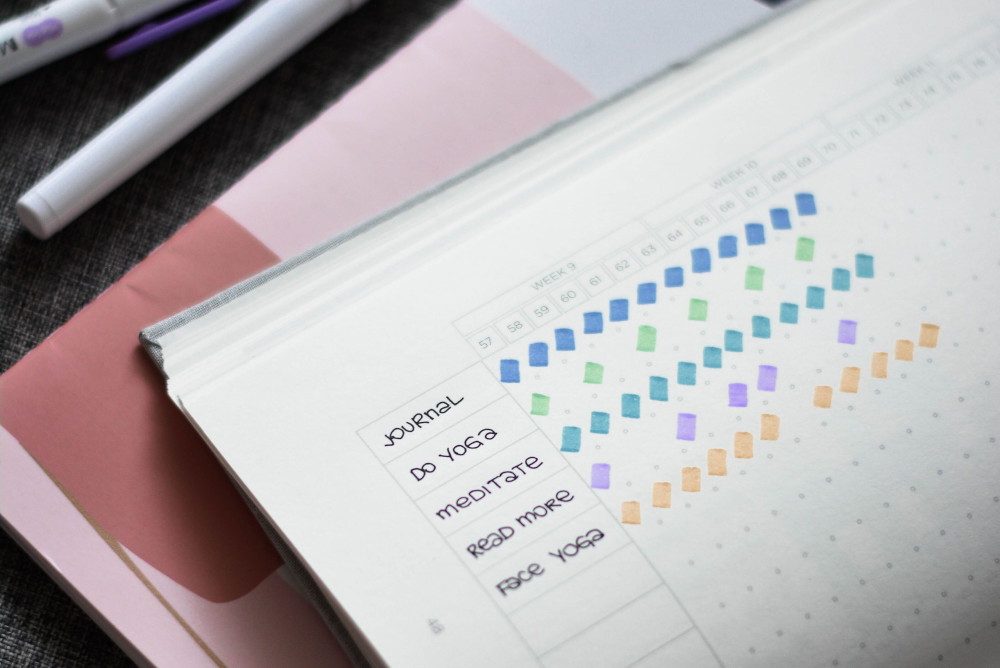Create a great running routine, to improve your physical health to support your mental health. The benefits of running are endless. If you’re a beginner, it can be daunting knowing where to start.
Follow these tips so you ease in and avoid any problems along the way, after all – knowledge is power.
1. Start By Walking
Most people do well with a run-walk program. If you’re totally new to running, start with a routine of walking, gradually picking up the pace to brisk walking to increase your tolerance to the activity. Start by using minutes in length versus miles of walking or running.
As a walking start, a week could look something like this: two walks of around 40-60 minutes and a run/walk interval session. Try this for two to three weeks, gradually increasing the running durations in the run/walk session to build the habit.
We find starting with one minute of running and walking alternating for a total of 20 to 30 minutes works well to start building a solid base. Then increase running by 30 seconds each week until you reach 10 minutes of continuous running.
2. Accept You’ll Have Bad Days
You have to accept there will be days when you are not up for it, or the weather isn’t great. Consider an online coach, a running friend or a running club. These will hold you to account, rather than taking on the challenge on your own.
Plan on running out three to four days per week, but not consecutively. When 10 minutes of running has been achieved and your walking stages are no longer needed, increase the running distance by several minutes each week. Do this until you reach your desired goal or distance.
Your runs do not have to be the same length of time either. Alternate between shorter and longer runs and incorporate cross-training to reduce your risk of injury.
3. Add Resistance Training
Resistance training is really beneficial if you want to get better at running. It will keep you strong and stable across your core, shoulders, glutes, knees and ankles.
If you can use an online running coach they will be able to work with you on a resistance programme, alternatively YouTube is a great resource to find body-weight exercise routines, to regularly do planks, squats and lunges. A quick search shows many follow-along videos.
4. Log Your Runs
Whether you’re running just to get in shape or have a goal of doing a 5k or local race, keep track of how many miles you are going and how you feel. If you are training for a longer distance race you will need to establish your weekly base mileage and build weekly off of that. You can use online tools such as Strava and Garmin, or simply a written diary.
Record your time or miles and how you feel during and after each run is very useful in identifying problems and motivating you to get better, especially for beginners. When you first start, avoid running on consecutive days. The days of rest from running allow your body to recover.
5. Get the right shoes
Shoes are the most crucial piece of equipment for runners. Picking the correct type of running shoe will make your runs much more pleasant as well as help injury prevention. Go to a running shop and work with a shoe expert to find the right pair for your feet.
Your shoe type should complement the way your foot strikes the ground. These experts will often have you run on a treadmill or on a small track for a few minutes to analyse your gait. Running shoes are specific as well so taking the time to get the right shoe is an important step.
6. Run with friends or join a group
Family, friends or even join a local running club. Convince a friend to start a running routine with you, the time will disappear! Even if you’re just meeting up for a walk, you can run to a friend’s house and back again. You’ll have still have plenty of time on your feet.
Search for a running club, all clubs are different ability groups so there is something to cater for everybody (they’re not all ‘elitist’). Running with like-minded people or similar ability is a great motivator, and having a time and a place to meet regularly holds you accountable.
7. Fuel On Longer Runs
Keeping hydrated during runs is another key to making sure your runs go smoothly. Be sure to drink water before, during and after your workout. Even in cooler temperatures, it’s possible to get dehydrated.
While water is best, some sports drinks can replace not only fluid but also electrolytes like sodium and potassium, which are lost through sweat. Too much or too little sodium and potassium in the body can cause trouble. Muscle cramping may be due to a deficiency of electrolytes. Be careful about trying tea, coffee or fizzy drinks as these could upset your stomach.
As a general rule of thumb, up until around 60 minutes of running, you’ll likely be fine on the resources you hold within your muscles (glycogen and fat) to fuel activity. If you plan to run for longer than an hour, experiment with different fuelling such as gels.
Running Routine Summary
Whether you’re a total beginner or a seasoned club runner, keep these principles in mind:
- Rest and recovery are important.
- The level of training should be increased gradually.
- Never run hard workouts on consecutive days.
- Keep a training log to learn what works and what doesn’t work in your running program.
- Consistency is key, keep showing up.
For more advice see my other posts:
In addition, if you need help with planning routes you can use On The Go Map.






